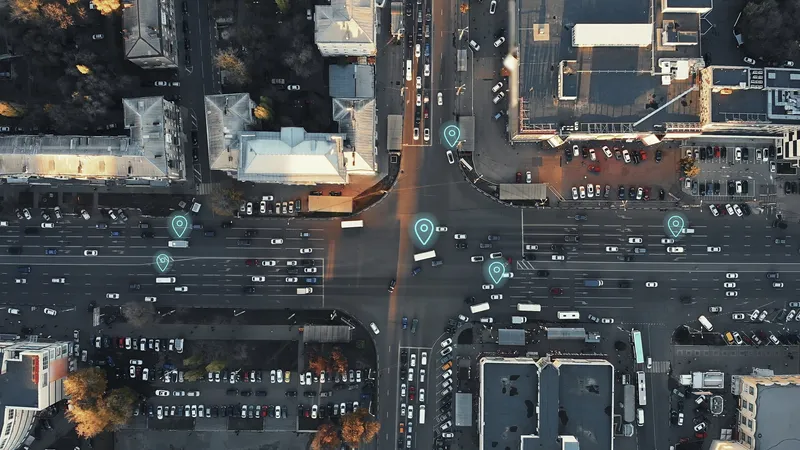A real time traffic information service introduced at Mobile World Congress by traffic information and driver services provider Inrix and navigation app provider Navfree is designed to help its 12.5 million drivers worldwide save time, fuel and reduce frustration travelling every day. “Whether driving to a new destination, an important business meeting or just trying to get home in time for dinner, Inrix helps make our customers’ journeys as smooth as possible,” said Navfree CEO Peter Atalla. Inrix vice pre
February 26, 2013
Read time: 2 mins
A real time traffic information service introduced at Mobile World Congress by traffic information and driver services provider 163 Inrix and navigation app provider 2196 Navmii’s Navfree is designed to help its 12.5 million drivers worldwide save time, fuel and reduce frustration travelling every day.
“Whether driving to a new destination, an important business meeting or just trying to get home in time for dinner, Inrix helps make our customers’ journeys as smooth as possible,” said Navfree CEO Peter Atalla.
Inrix vice president of mobile Bill Schwebel added, “Navfree ranks among the top navigation apps in the world holding the top spot on apps stores in the UK, US, France and Germany. With the launch of Navfree’s first real-time traffic service, 12 million drivers have the immediate opportunity to benefit from our community’s efforts working together to avoid traffic.”
According to the Inrix Traffic Scorecard, drivers in North America and Europe sat idle in traffic on average for almost thirty hours last year; more than 150 million drivers in thirty-two countries can rely on Inrix traffic information in the car, on their smartphone and from traffic news reports to help them save time travelling every day. Available to Navfree customers as an in-app purchase on iPhone and Android in 31 countries, the service will enable drivers to see at a glance current traffic conditions along their route as well as the expected impact of traffic on travel times.
Inrix analyses real-time traffic data from a diverse set of sources ranging from its robust crowd-sourced network to traditional road sensors and gathers information on accidents, road works and other traffic impacting events to provide up-to-the-minute traffic information and reliable travel and arrival times.
“Whether driving to a new destination, an important business meeting or just trying to get home in time for dinner, Inrix helps make our customers’ journeys as smooth as possible,” said Navfree CEO Peter Atalla.
Inrix vice president of mobile Bill Schwebel added, “Navfree ranks among the top navigation apps in the world holding the top spot on apps stores in the UK, US, France and Germany. With the launch of Navfree’s first real-time traffic service, 12 million drivers have the immediate opportunity to benefit from our community’s efforts working together to avoid traffic.”
According to the Inrix Traffic Scorecard, drivers in North America and Europe sat idle in traffic on average for almost thirty hours last year; more than 150 million drivers in thirty-two countries can rely on Inrix traffic information in the car, on their smartphone and from traffic news reports to help them save time travelling every day. Available to Navfree customers as an in-app purchase on iPhone and Android in 31 countries, the service will enable drivers to see at a glance current traffic conditions along their route as well as the expected impact of traffic on travel times.
Inrix analyses real-time traffic data from a diverse set of sources ranging from its robust crowd-sourced network to traditional road sensors and gathers information on accidents, road works and other traffic impacting events to provide up-to-the-minute traffic information and reliable travel and arrival times.










